Decades have passed, and yet, components of firearms are almost still the same. Even with the release of many types of firearms, their parts have the same concept. That’s because every component is essential to the firearm’s function: propel a projectile.
Thus, if you’re into firearms, planning to have one for safety or leisure purposes, it’s vital to familiarize yourself with their components.
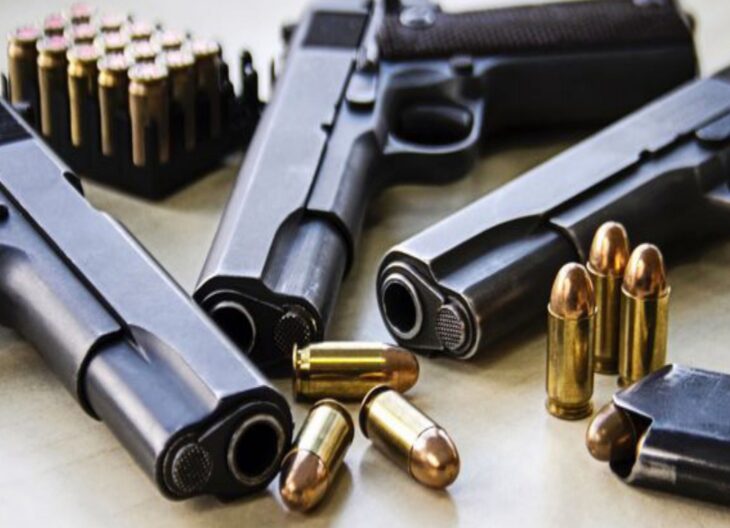
Source: Centre for Public Safety and Criminal Justice Research
Contents
How Guns Work
As mentioned, the sole purpose of firearms is to propel a projectile in the form of a bullet in modern times. Anything that has 0.6 inches or .60 caliber of the barrel’s diameter is classified as a firearm.
Before, one must place a projectile and gunpowder on the open end or muzzle of the firearm to fire the projectile. Nowadays, it’s easier to fire bullets or projectiles from guns. Here’s the process:
- It starts by pulling the trigger so the hammer will hit the gun’s firing pin.
- Next is the production of gases when the gunpowder burns due to the firing pin striking the primer.
- As the gas builds high pressure, the volume behind the bullet fills, pushing the bullet to propel.
- When bullets come out of the muzzle, it travels until gravity pulls it or the bullet strikes an object.
This simple process of firing a gun can exist all with the help of its components. So it’s not only about the gunpowder and bullet, but everything that makes up the gun for it to work.
Components Of Firearms
Without one of its components, firearms may malfunction. Thus, if you own a gun, you should ensure that all parts are in good condition. Regularly clean them, change them if necessary, so when the time comes to use them, they’ll function as expected. By knowing what part to change, you’ll know which tool kits to use as well. If you want to find good deals, you can click here and check their kits you can use for maintaining or replacing your firearm components.
With such, here are some of the most vital components of firearms:
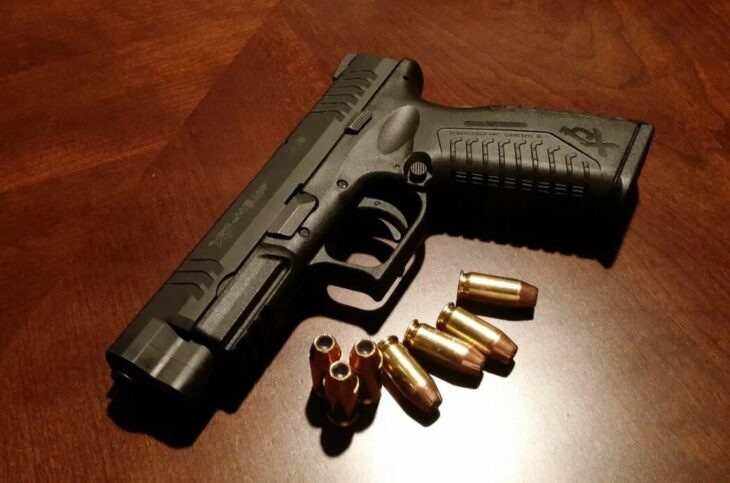
Source: Derryberry & Associates
1. Action
This component is the heart of a gun: the part responsible for firing the cartridges or projectiles. Thus, it’s what loads and fires the bullets and ejects its cartridge cases. Depending on your firearm, you may have the following action:
- Semi-Automatic Action: One of the most common actions nowadays is the semi-automatic action known as self-loading action. As its name suggests, a bullet is ready to be fired every time you squeeze your trigger. The loading and ejection occur automatically due to the automatic reloading of the gas pressure or force of the recoil.
- Pump Action: Contrary to semi-automatic action, pump action uses a pump slide to cock or open the action. Before you can fire a new bullet or ammunition, you need to push forward the action to feed the bullet.
- Lever Action: Like pump action, you need to cock the action before feeding a new bullet. However, you have to unlock the bolt by pushing down the lever, then move it back to cock the action. That way, it can get a bullet when the lever is pulled upwards. Most importantly, you have to push the lever down to eject the empty cartridge case after firing the bullet.
2. Barrel
A firearm’s barrel refers to where the ammunition exits. It’s a long metal tube with a bore leading the bullet out of the gun when fired.
The barrel’s bore consists of grooves and lands known as the spiral pattern marking the bullet. Through this pattern, forensics can determine which firearm is used to fire such a bullet. The bore is also responsible for making the bullet spin and improving its accuracy when traveling out of the gun.
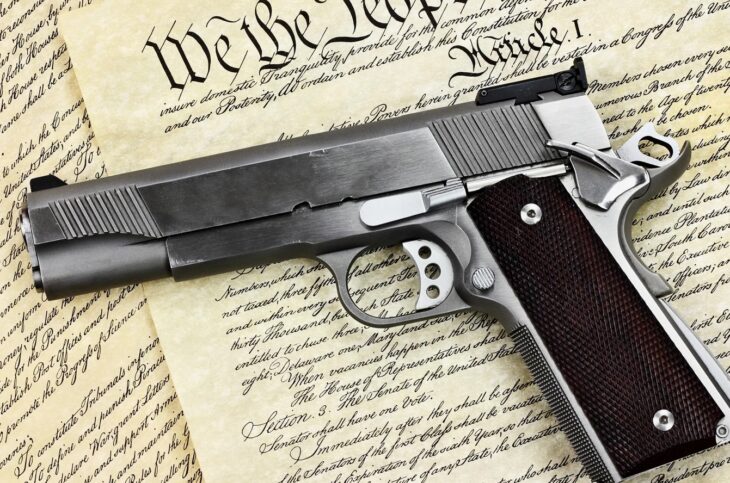
Source: The Motley Fool
3. Frame or Receiver
As for the firearm’s frame or receiver, this is a single piece of metal that connects all other parts of the gun. It also serves as the housing of the firing mechanism, breechblock or bolt, and the hammer.
4. Grip
To shoot the firearm, you need to hold the grip of the handgun properly. This is the vertical part of the gun that you hold to operate the trigger. However, for rifles and shotguns which don’t have grips, you refer to such as the stocks.
By properly holding the grip, you can stabilize the firearm in operation.
For those who value a secure and comfortable grip, delving into our comparison of compact and subcompact pistols will illuminate the subtle variances that could sway your preference for one size over the other.
Not only that, but it’s also tool storage, bipod, or magazine housing. Since the grip helps you stabilize the firearms’ operation, you have to hold it properly to reduce the gun’s movement, affecting your shooting accuracy.
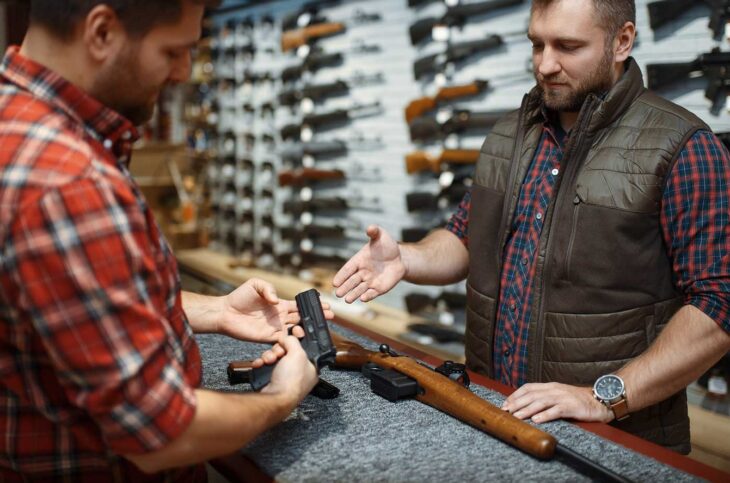
Source: EasyExport
5. Magazine
For modern firearms, you need to have a magazine to store your bullets you’ll be using when firing your gun. Not only will you load the bullets in it, but you attach it to a firearm to feed the bullets. With the firearm’s action, it then picks up the cartridge from the magazine so you can fire it from the chamber.
6. Chamber
As mentioned, your bullet will go into the chamber before being fired. This is because this part of your firearm is in the pistol or rifle’s barrel.
As for revolvers, they don’t have chambers in their barrel as their chambers are located in their cylinders. This means you cannot fire the revolver if its cylinder is swung out. On the other hand, you can fire pistols or rifles even without their magazine since the chamber is in the barrel.
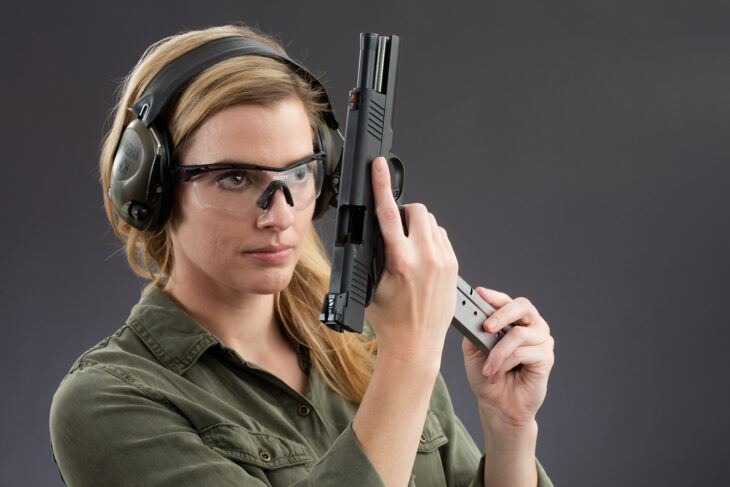
Source: firearms-united.com
7. Trigger
One of the essential parts of a gun is the trigger that initiates propelling a bullet. It consists of the buttons or levers that the index finger squeezes.
As mentioned, when you press the trigger, it allows the firing pin to strike the primer. For its function, it can come into the following types of action:
- Single Action: You have to cock the hammer for single action and pull the trigger before you can fire a bullet. By pulling the trigger, you’re also releasing the hammer. For instance, a colt automatic needs manual cocking before you can fire the bullet.
- Double Action: On the other hand, double action works by cocking and releasing the hammer using your trigger pull. An example of this is the Glock pistol, which is hammerless and only uses a striker by pulling its trigger.
Conclusion
By knowing all the vital components of firearms, you can identify how all of them work to fire your gun, or if one malfunction, it can affect the others’ functions. Thus, you’ll know what part to replace when this happens rather than assuming that the ‘whole’ firearm is destroyed or not usable. Most especially if you’re making your own gun, knowing the parts of a firearm is essential.
